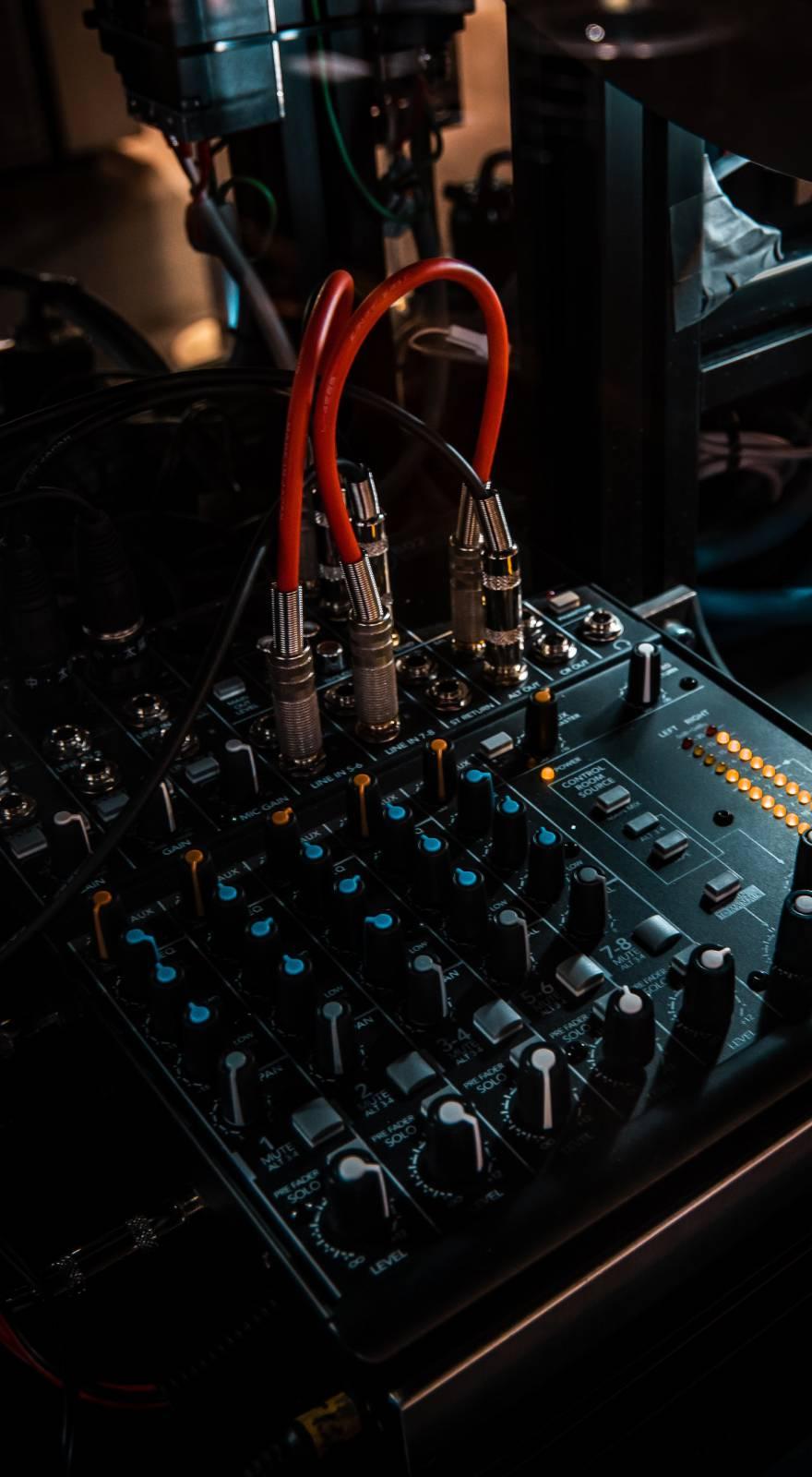Knowde Enhanced TDS
Identification & Functionality
- Chemical Family
- Polymer Name
- Technologies
- Product Families
Features & Benefits
- Materials Features
- Features and Benefits
- Electrostatic decay less than 0.05 seconds per Federal Test Standard 101C, Method 4046-1
- Static decay is only 25% of the standards 2- second maximum which Indicates that product performance will meet or exceed all generally accepted industry specifications
- Standard surface resistivity of 10⁶ to 10⁸ ohms per square plus optional availability of a greater range if needed
- Assures ESD control in a wide range of applications without the need for ionization
- Permanent static dissipation performance
- Save high costs of periodic application of temporary topical anti-static coatings
- Static charge control not affected by humidity
- Reduces costs of humidification – and costs of damage if the humidifier system fails
- Uniform surface treatment
- No conductive discontinuities, typical in topical anti-static treatments or inferior sheet products that may cause charged “hot spots”
- Superior impact resistance
- Minimizes damage from handling and physical abuse
- Excellent optical properties
- Excellent clarity for see through applications
- Tough abrasion resistance surface
- The coated surface is harder than the base plastic while protecting the sheet surface
- Powerful chemical resistance
- Reduces surface damage from solvents and other chemicals
- Electrostatic decay less than 0.05 seconds per Federal Test Standard 101C, Method 4046-1
Applications & Uses
- Applications
- Plastics & Elastomers End Uses
- Applications
Noxtat SDG™ acrylic plastic is a sound choice for manufacturing applications where effects of ESD could cause rejects or hidden latent damage to sensitive electronic devices. This product is widely used in the semi-conductor, electronic and micro-manufacturing industries.
It is also used in other industrial applications such as screen assembly, packaging, explosive environments where static discharge must be prevented and applications where sensitive process instrumentation and equipment must be protected from static charge.
The acrylic sheet may be fabricated into a wide variety of shapes using the same equipment used for uncoated sheet products. The product is not suitable, however, for most heat-formed configurations because the hard cross-linked polymer surface is not designed for heat bending.
Generally, you may use the same types of fabrication procedures such as cutting and drilling that you would use for uncoated acrylic plates.
When gluing, it is necessary to mechanically remove the coating surface to insure a good bond. Some applications have included covers, guards, access panels, machine windows and doors, static control shields, glove boxes, electronic equipment, process instrumentation, conveyor line covers, cleanroom windows and doors, partitions, and pass through modules.
Properties
- Color
- Physical Form
- Hardness
Acrylic coated with static dissipative NOXTAT SDG™ will perform on the pencil hardness scale at 2B, clearly the hardest coating available today.
Technical Details & Test Data
- Light Transmission Analysis
By allowing up to 90% of solar energy and 88% of visible light through, clear Acrylic sheet is an excellent glazing material for uses designated to maximize solar gain. Tinted Acrylic should be substituted for requirements where shading or privacy is required.
https://media.knowde.com/image/upload/c_limit,h_800,w_800/v1662483828/production/Ckeditor::Picture/Noxtat_Noxtat_SDB__Image_1.PNG.png
- Solvent Resistance
Solvent resistance of the test surfaces was determined using ASTM D 1308 (3.3.3 Spot Test, Covered). The solvent was placed on the substrate surface and immediately covered with a watch glass. Solvents were repeatedly applied to keep them in contact with the surface. Tests were conducted at 77°F (25°C). The surface was examined at intervals of 1, 4, 8 and 16 hours for signs of attack such as blistering, peeling, or discoloration. The test was terminated at 16 hours. The table indicates the time at which the visual attack of the surface becomes evident.
Solvent Time to Visual Attack (hours) Acetone min. 16 Chlorine Bleach min. 16 Fantastic® min. 16 Gasoline min. 16 Methanol min. 16 Methyl Ethyl Ketone min. 16 Methylene Chloride min. 16 10% Sodium Hydroxide min. 16 40% Sulphuric Acid min. 16 - Stain Resistance
Stain resistance of the test surfaces was determined using ASTM D 1308 (3.3.3 Spot Test, Covered). The stain was applied to the substrate surface (a saturated one inch piece of tissue paper was used for the liquid stains) and immediately covered with a watch glass. The test was conducted at 122°F (50°C). The stain was allowed to remain in contact with the surface for 16 hours. At the end of this period excess stain was removed with dry tissue. The degree of staining was observed and recorded based on a scale of 0 to 5 where 0 represents no staining and 5 represents severe staining. The table shows the results of this evaluation.
Stain Degree of Staining DuPont Yellow Dye N (#4957) 0 - 1 Ink (blue/black) 0 Ketchup 0 Kiwi® Cordovan Shoe Polish 0 Mustard 0 1% Potassium Permanganate 0 - 1 Tincture of Iodine 2 - 3

